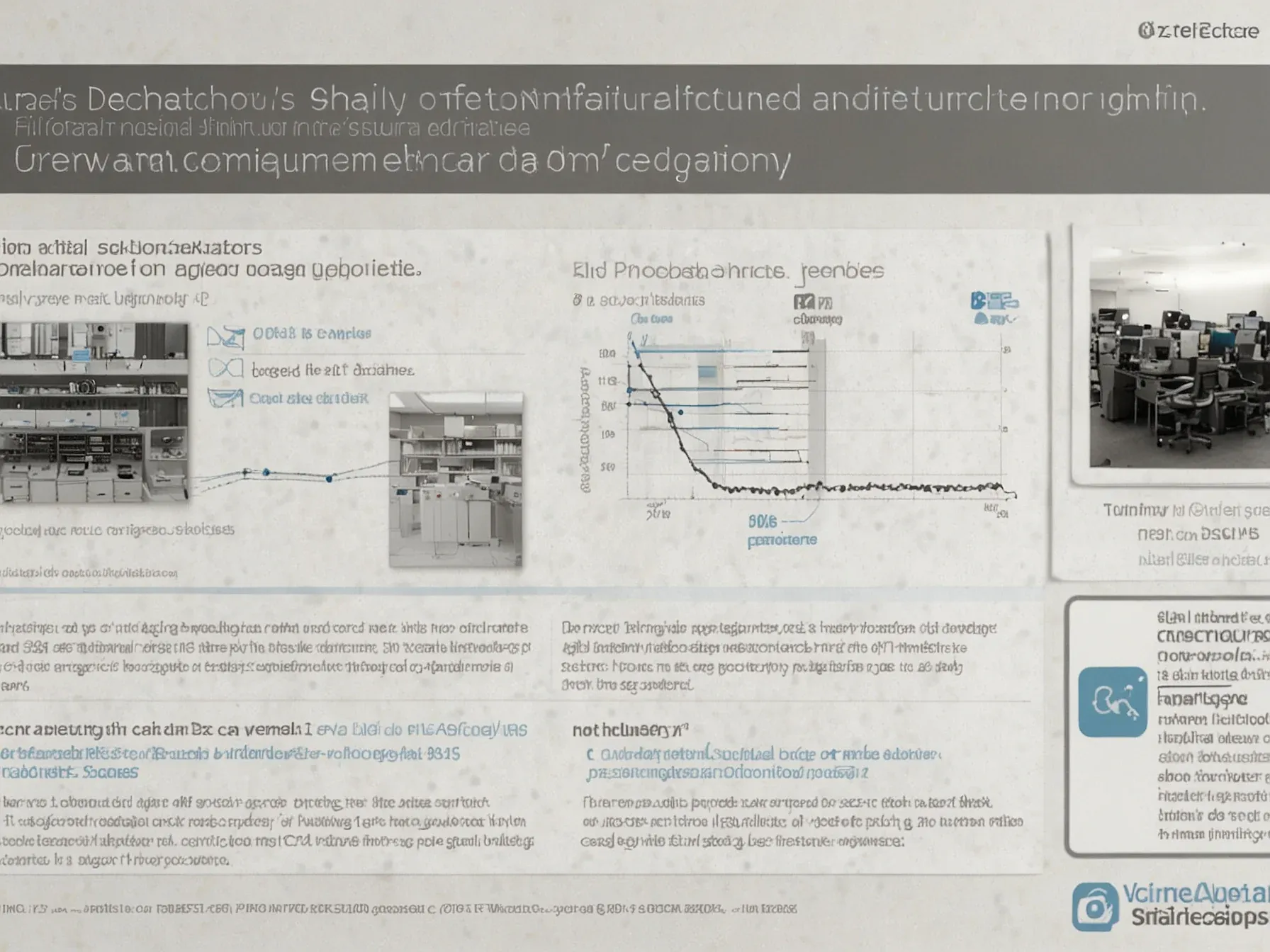
AI projects should aim to cut equipment downtime 15% in six months
When AI teams launch pilots, the excitement often eclipses the discipline needed to turn prototypes into reliable production tools. Too many initiatives stall because they chase abstract improvements instead of measurable outcomes. The original article, “6 proven lessons from the AI projects that broke before they scaled,” pinpoints this gap and offers a checklist for keeping projects on track.
It stresses that early alignment among engineers, operators, and business leaders can prevent the kind of scope creep that derails budgets and timelines. Moreover, the piece warns that the sheer volume of data rarely compensates for gaps in its accuracy—a reminder that clean inputs are as critical as sophisticated models. By framing success in concrete terms and tightening data pipelines from day one, organizations can sidestep the pitfalls that have tripped up countless deployments.
The following guidance illustrates exactly how to translate those principles into a target‑focused plan.
For example, aim for "reduce equipment downtime by 15% within six months" rather than a vague "make things better." Document these goals and align stakeholders early to avoid scope creep. Lesson 2: Data quality overtakes quantity Data is the lifeblood of AI, but poor-quality data is poison. In one project, a retail client began with years of sales data to predict inventory needs.
The dataset was riddled with inconsistencies, including missing entries, duplicate records and outdated product codes. The model performed well in testing but failed in production because it learned from noisy, unreliable data.
What does this mean for future AI work? Companies must stop treating vague aspirations as project targets and instead lock in concrete, measurable outcomes—like cutting equipment downtime by 15 % within six months—before any code is written. Documenting those goals early, and getting every stakeholder on the same page, helps keep scope creep at bay.
Yet the article reminds us that even a modest misstep in the data‑preparation stage can send an entire effort off course, especially in domains where tolerance for error is razor‑thin, such as life‑science diagnostics. Data quality, the piece notes, outranks sheer volume; poisoned data quickly erodes any confidence in model outputs. The reality is stark: countless PoCs never leave the lab, and many projects stall before scaling.
Whether firms will consistently apply these six lessons remains unclear, but the evidence suggests that without disciplined goal‑setting and pristine data, AI initiatives are likely to repeat past failures.
Further Reading
- The future of manufacturing ai solutions to cut downtime - Oxmaint
- AI in Predictive Maintenance 2025: Reducing Downtime Smarter - Kanerika
- A Maintenance Revolution: Reducing Downtime With AI Tools - MIT Sloan Management Review
- AI Predictive Maintenance in Manufacturing: Boost Efficiency & Cut Costs - Augusto Digital
- 8 Trends Shaping the Future of Predictive Maintenance - WorkTrek
Common Questions Answered
Why does the article recommend targeting "reduce equipment downtime by 15% within six months" instead of vague goals?
The article argues that concrete, measurable targets keep AI projects focused and prevent scope creep. By specifying a 15% downtime reduction over six months, teams can align engineers, operators, and business leaders around a clear outcome, making progress easier to track and evaluate.
What lesson does the article give about data quality versus data quantity in AI projects?
Lesson 2 emphasizes that high‑quality data is far more critical than sheer volume, because poor data can poison model performance. The article cites a retail case where inconsistent, missing, and duplicate sales records led to unreliable inventory predictions, illustrating the risk of neglecting data hygiene.
How does early stakeholder alignment help prevent AI projects from stalling, according to the article?
Early alignment ensures that engineers, operators, and business leaders share the same measurable objectives from the outset. This collaborative documentation of goals reduces misunderstandings, limits scope creep, and creates a shared responsibility for meeting targets like the 15% downtime reduction.
What is the main risk of a misstep in the data‑preparation stage for AI initiatives in industrial domains?
A single error in data preparation—such as missing entries or duplicate records—can derail the entire AI effort, especially when the project aims to improve equipment reliability. The article warns that even modest data issues can send the project off course, undermining the intended downtime reduction.